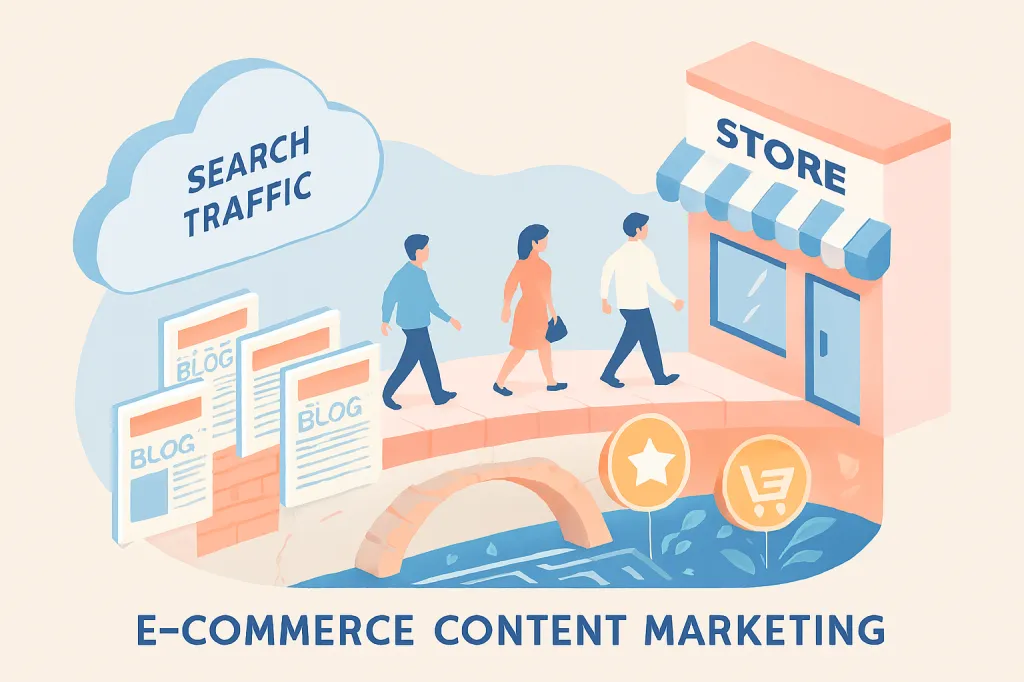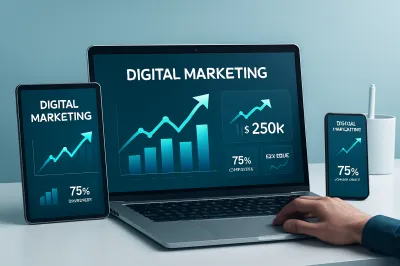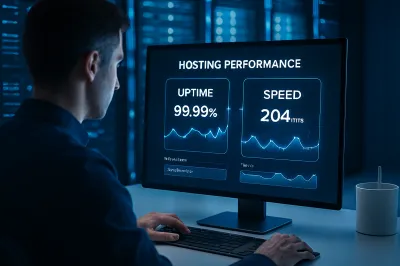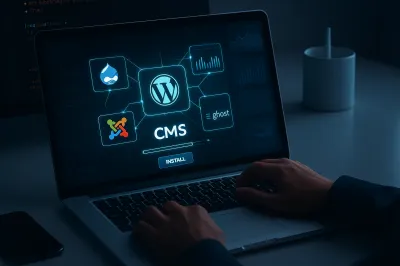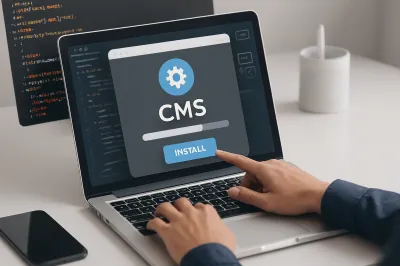Quick TOC: Jump to any section. Use keyboard shortcuts shown.
Part 1: The Foundation - Perfecting Your Commercial Pages
Before you can dream of ranking for broad, informational topics, you must first perfect the pages that directly generate revenue: your category and product pages. This is the bedrock of e-commerce SEO. Without a solid foundation, even the best content marketing strategy will fail to convert.
Commercial Intent Keyword Research
Unlike informational blogs, e-commerce sites must prioritize keywords that signal a clear intent to purchase. Your primary goal is to capture users who are actively looking to buy, not just to learn.
- Product-based keywords: "buy [product name]", "[brand] [model number] review"
- Category-based keywords: "best running shoes for men", "women's waterproof jackets"
- Modifier keywords: Add terms like "sale," "discount," "under $100," or "free shipping."
Flawless On-Page Optimization
Every product and category page is a dedicated landing page. Treat it as such with meticulous on-page SEO.
- Title Tags: Follow a clear formula. For product pages: `[Product Name] - [Brand] | [Store Name]`. For category pages: `Shop [Category Name] Online | [Store Name]`.
- Meta Descriptions: This is your sales pitch on the SERP. Make it compelling. Mention key features, benefits, and a call-to-action like "Shop now and get free shipping."
- Unique Product Descriptions: Never use the manufacturer's default description. Write your own unique, persuasive copy that highlights benefits, not just features. This is critical for avoiding duplicate content penalties.
- High-Quality Images: Use multiple high-resolution images. Name your image files descriptively (e.g., `nike-air-zoom-pegasus-side-view.webp`) and always use descriptive ALT text.
The Power of Schema Markup: Your Digital Price Tag
Schema Markup is a vocabulary of code that you add to your website to help search engines return more informative results for users. For e-commerce, this is not optional; it is essential.
By implementing `Product` schema, you are giving Google structured data about your products, which can result in powerful **Rich Results** directly on the SERP.
"Implementing Product schema is like putting a detailed, digital price tag on your product for Google to read. It's the single most effective technical SEO tactic for increasing CTR for e-commerce sites."
Key properties to include are: name, image, description, brand, offers (which includes `price`, `priceCurrency`, and `availability`), and aggregateRating (if you have reviews). When implemented correctly, your search result can transform into an engaging listing with a price, star rating, and stock status.
Technical SEO Hygiene for E-commerce
Online stores have unique technical challenges that can severely hamper SEO performance if not managed correctly.
- Faceted Navigation: The filters on your category pages (e.g., by size, color) can create thousands of near-duplicate URLs. It's crucial to manage this by using `robots.txt` to block certain parameter-based URLs or by using the `rel="canonical"` tag to point filtered pages back to the main category page.
- Out-of-Stock Products: Don't delete pages for temporarily out-of-stock products. Instead, disable the "Add to Cart" button and offer an email notification for when the item is back. If a product is permanently discontinued, use a 301 redirect to a similar product or the parent category page.
- Site Speed: E-commerce conversion rates are directly tied to page load speed. Every second counts. Optimize images, leverage browser caching, and ensure your hosting is robust.
Part 2: The Differentiator - Building Topical Authority with Content
Perfecting your commercial pages is the cost of entry. Building topical authority is how you win the game. While your product pages target users ready to buy, a robust content strategy attracts customers at every other stage of their journey, establishing your brand as the definitive expert in your niche.
"Topical authority is the process of becoming a recognized expert for your entire product niche. It's the difference between being a store that sells coffee beans and being the ultimate resource for all things coffee."
For example, if you sell premium coffee beans, you also create expert content on brewing methods, grinder comparisons, and the science of a perfect espresso shot. This signals to Google that your entire domain is an authority, which in turn boosts the credibility of your product pages.
The E-commerce Content Funnel: A Practical Blueprint
The most effective way to build topical authority is by creating content for each stage of the buyer's journey.
Top of Funnel (ToFu): Awareness
Goal: Attract a broad audience seeking information related to your niche.
Content Type: Educational blog posts, "how-to" guides.
Example Topics: "What's the Difference Between Arabica and Robusta Beans?" or "7 Signs You're Using the Wrong Coffee Grinder."
Middle of Funnel (MoFu): Consideration
Goal: Target users who are actively researching and comparing solutions.
Content Type: In-depth buying guides, product comparisons, "best of" lists.
Example Topics: "The 5 Best Coffee Grinders for French Press in 2026" or "[Your Brand] Beans vs. [Competitor Brand]: An Honest Comparison."
Bottom of Funnel (BoFu): Conversion
Goal: Convert an interested user into a customer.
Content Type: Your commercial pages from Part 1, perfectly optimized to close the sale.
Strategic Internal Linking: Connecting the Ecosystem
Creating content is only half the battle. You must connect your content ecosystem with strategic internal links to guide users through the funnel and pass SEO authority between your pages.
- Link from your informational blog posts (ToFu/MoFu) down to your specific category and product pages (BoFu).
- Use descriptive, keyword-rich anchor text. Instead of "click here," use text like "our selection of premium burr grinders."
- This creates a logical pathway for both users and search engines, signaling which pages are most important.
Conclusion: Creating a Holistic SEO Ecosystem
Modern e-commerce SEO is not a list of disconnected tasks; it's the creation of a synergistic ecosystem. Your technically-perfected product pages (Part 1) serve as the conversion points, while your high-value informational content (Part 2) builds the trust, authority, and traffic needed to feed those pages.
Think of it this way: your content brings people to your island, and your product pages convince them to stay. The two must work together seamlessly.
By adopting this holistic approach, you move beyond simply optimizing pages. You begin to build a brand, a trusted resource, and a long-term, defensible asset that serves your customers and drives sustainable growth for your business, well beyond 2026.
